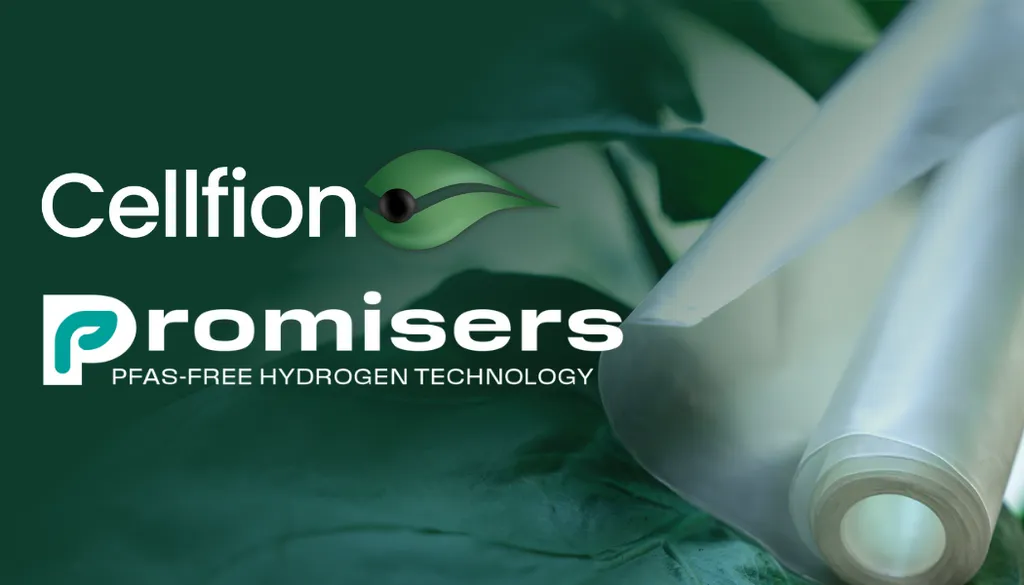The PROMISERS project, a collaborative initiative under the Horizon Europe programme, is tackling a critical challenge in the green hydrogen sector: the reliance on per- and polyfluoroalkyl substances (PFAS) in proton exchange membrane (PEM) fuel cells and electrolysers. These technologies are pivotal to Europe’s clean energy transition, yet their dependence on PFAS—chemicals linked to persistent environmental and health concerns—poses a significant hurdle.
PFAS are currently indispensable in PEM technologies, particularly in membranes like NafionTM, due to their superior conductivity, chemical robustness, and mechanical stability. However, their persistence and toxicity have prompted regulatory scrutiny, necessitating the development of sustainable alternatives. The PROMISERS project aims to fill this gap by innovating non-fluorinated materials for PEM components, including ionomers, membranes, and electrodes.
The project’s consortium, comprising European industry leaders and research institutions, is pursuing two primary approaches: hydrocarbon-based materials and nanocellulose. Syensqo has already developed a promising hydrocarbon-based ionomer, which is being characterised and optimised by partners like Fumatech and De Nora. Parallelly, Cellfion and Leitat are advancing biobased membranes using cellulose nanocrystals and nanofibrils, with initial samples undergoing performance testing.
The implications of the PROMISERS project extend beyond environmental benefits. Successful implementation could reduce PFAS usage by approximately 500 tonnes each in fuel cells and electrolysers by 2030, aligning with the European Green Deal’s zero pollution ambition. Moreover, the project’s focus on circularity-by-design, REACH compliance, and life cycle assessments ensures that the developed materials are not only sustainable but also commercially viable.
The project’s progress from technology readiness level (TRL) 1 to TRL 4 within three years signifies a rapid advancement in the field. If successful, PROMISERS could set a precedent for sustainable innovation in the hydrogen sector, potentially influencing global standards and accelerating the adoption of green hydrogen technologies.
As the project unfolds, it will be crucial to monitor its developments and the broader implications for the energy sector. The shift away from PFAS could spur further research into sustainable materials, fostering a new wave of innovation in hydrogen technologies. Additionally, the project’s emphasis on circularity and safety-by-design could become a benchmark for future initiatives, highlighting the importance of integrating environmental and health considerations into technological development.
The PROMISERS project exemplifies the potential of collaborative efforts to address pressing challenges in the energy sector. By developing sustainable alternatives to PFAS, the consortium is not only advancing the green hydrogen agenda but also contributing to a healthier environment and a more resilient energy ecosystem. As the project progresses, its outcomes could redefine the landscape of PEM technologies, paving the way for a cleaner, more sustainable energy future.

